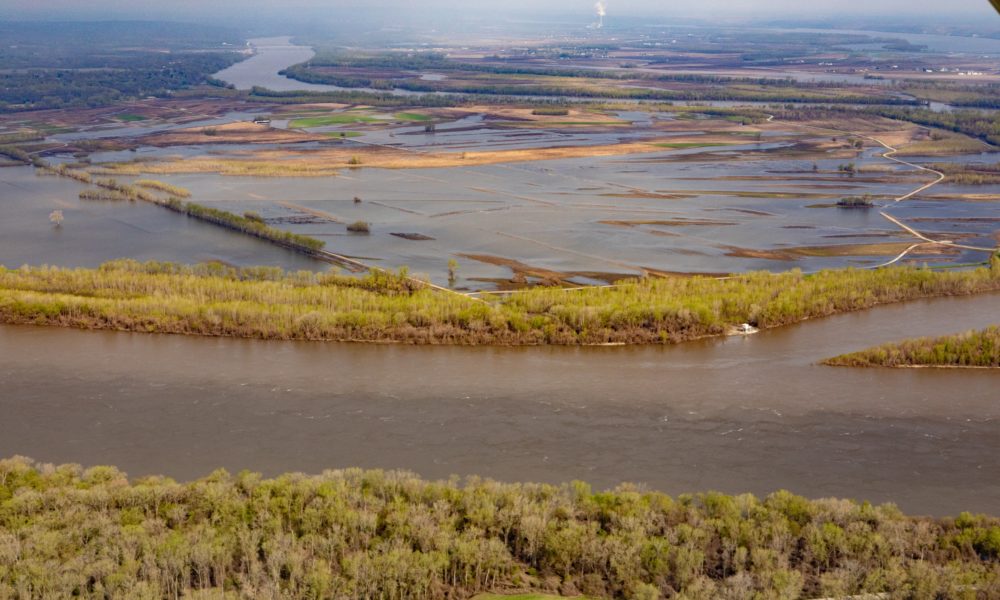Floating huge barges on the majority of the rivers in the U.S. is not natural. It requires massive river-altering infrastructure. No where is there more of this infrastructure than on what the U.S. Army Corps of Engineers (Corps) calls the Upper Mississippi River System. This system covers the upper part of the Mississippi River from…
Read MoreNavigation’s Impact on River Management
The U.S. Corps of Engineers has been responsible for “developing” the Mississippi River Basin’s rivers since the early 1800s when Congress directed them to do surveys and remove snags within the river channel. Navigation Mission To improve navigation safety and efficiency by the 1860s the Corps of Engineers was blasting out river rapids at several locations…
Read MoreMissouri’s Floodplains
The Missouri Coalition for the Environment (MCE) has been working to preserve the natural value of Missouri’s floodplains for over 40 years. Lawsuits filed by MCE resulted in a consent agreement forcing the Corps of Engineers to regulate navigable waters up primary tributaries to the ordinary high water mark. MCE was critical in the effort…
Read MoreWetlands: Nature’s Secret for Filtering and Storing Water
Wetlands are semi-permanently to permanently water-saturated lands that vary uniquely based on local hydrology, climate, geology, and vegetation. They act as natural filters and sponges to cleanse, store, and gradually release water into our streams, rivers, and reservoirs and are as productive as rain forests and coral reefs. Once feared as a source of disease,…
Read MoreOperable Unit-3 Background
Operable Unit-3 Background The creation of Operable Unit-3 (OU-3) was announced in 2017 to further investigate radioactive groundwater contamination beneath the landfill. Only a few groundwater samples collected in the mid-1990s found Radium exceeding the Maximum Contaminant Level (MCL) for drinking water. The EPA required new groundwater samples collected in 2012-2014 in order to freshen…
Read MoreGreen Infrastructure and Rainscaping in St. Louis
Landscapes With Purpose: Green Infrastructure and St. Louis Sewers The consent decree agreement between the Metropolitan St. Louis Sewer District (MSD) and the Environmental Protection Agency requires $100 million to spent on “green infrastructure” to alleviate Combined Sewer Overflow (CSO) problems that much of the city is facing. Read about Green Infrastructure below and view our GI Map of…
Read More

